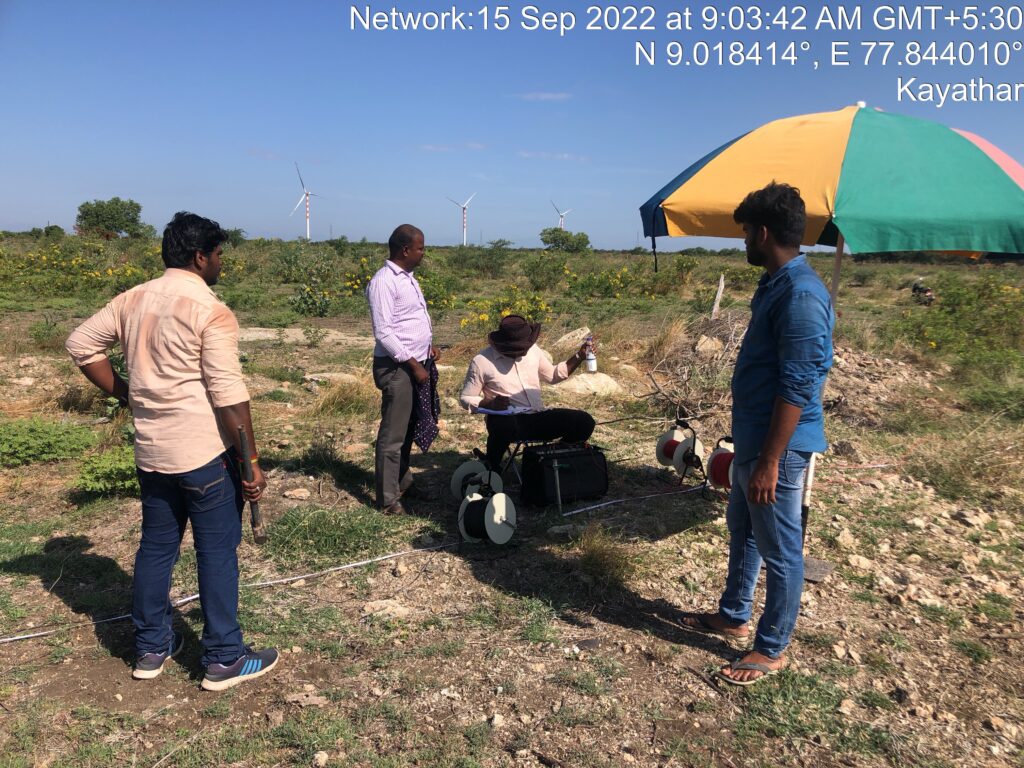Geophysical Survey
Mining plays a vital role in the extraction of valuable minerals and resources from the earth’s crust. To ensure safe and efficient mining operations, mining surveys are conducted. These surveys provide crucial information about the topography, geology, and various other factors that influence mining activities. In this article, we will explore the importance of mining surveys, the techniques involved, the equipment used, data collection and analysis processes, as well as the challenges and future prospects of mining surveys.
1. Introduction
Mining surveys are an integral part of the mining industry, serving as a foundation for successful and sustainable mining operations. By gathering accurate data about the mining site and its surroundings, mining surveys enable companies to make informed decisions, optimize resource utilization, and mitigate potential risks.
2. What is a Mining Survey?
A mining survey refers to the systematic collection and analysis of data related to a mining site. It involves mapping the topography, measuring distances, identifying geological formations, and documenting various features of the site. The surveyors use advanced equipment and techniques to obtain accurate measurements and generate comprehensive reports for mining companies.
3. Importance of Mining Surveys
Mining surveys are essential for several reasons. Firstly, they help in identifying and evaluating potential mining sites. By conducting detailed surveys, companies can assess the viability of a mining project based on factors such as mineral deposits, accessibility, and environmental considerations. This information is critical in making informed decisions before investing significant resources into a mining operation.
Secondly, mining surveys contribute to safety and risk management. By accurately mapping the topography, surveyors can identify potential hazards such as unstable slopes, underground cavities, or water bodies that could pose risks to miners and equipment. This information allows mining companies to develop effective safety protocols and implement necessary measures to protect workers and assets.
4. Types of Mining Surveys
Mining surveys encompass various types, each serving a specific purpose. Topographical surveys are conducted to map the surface features of the mining site, including elevation, contours, and natural or man-made structures. Geological surveys focus on identifying and analyzing the geological formations, mineral deposits, and rock properties.
In addition, aerial surveys using drones or aircraft provide high-resolution imagery and 3D models of the mining area, aiding in accurate planning and monitoring. Geophysical surveys employ specialized equipment to measure physical properties of the subsurface, such as electrical conductivity or magnetic susceptibility, to detect potential mineral deposits or geological structures.
5. Techniques Used in Mining Surveys
Mining surveys employ a range of techniques to collect data accurately. Global Navigation Satellite Systems (GNSS) receivers, such as GPS, are commonly used for precise positioning and establishing control points. These receivers allow surveyors to determine the coordinates of specific locations on the mining site with high accuracy.
